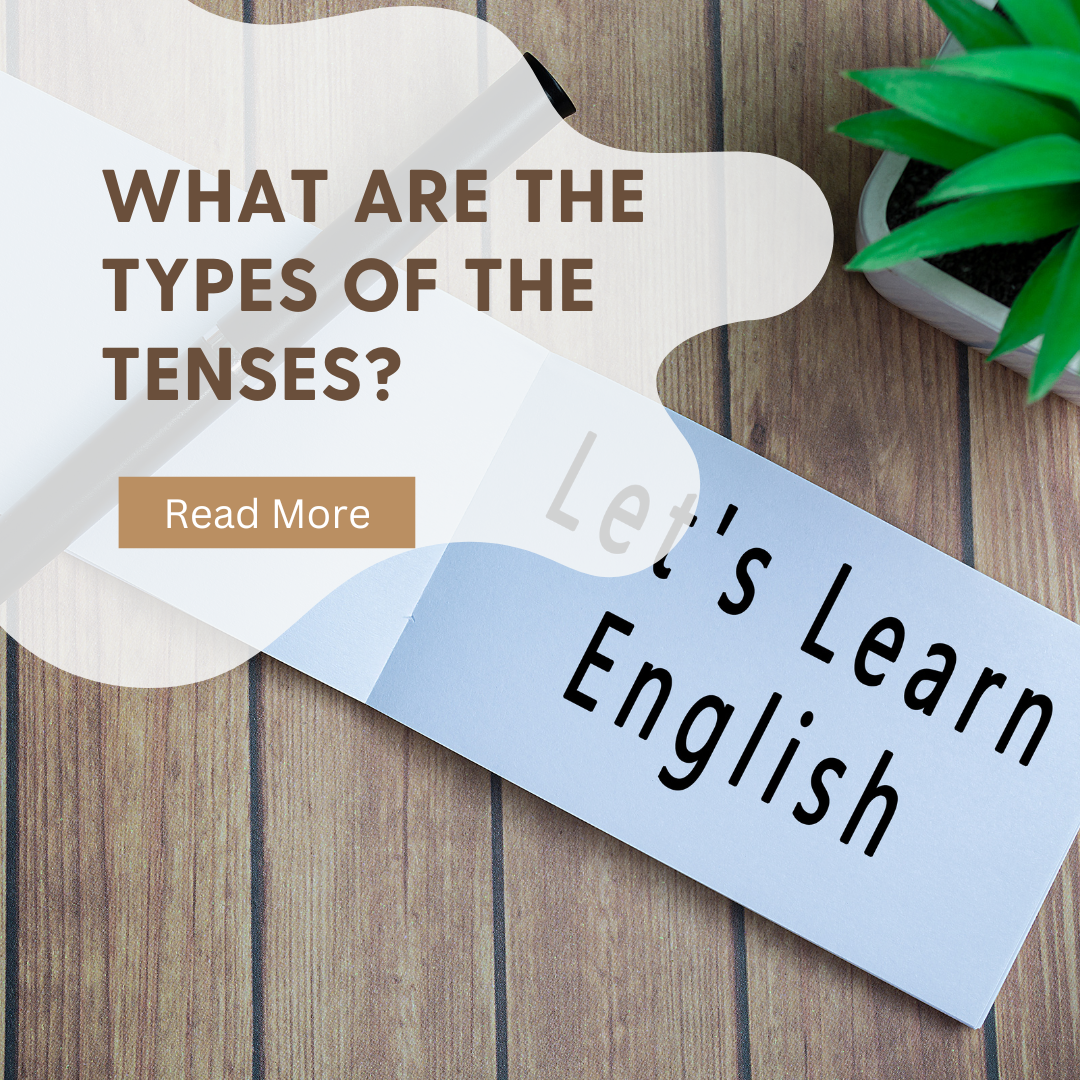Types of tenses The tense is an essential part of grammar because it tells when something happened. It’s used to say if something happened in the past, now, or in the future. There are three main tenses in English: past, present, and future. However, there are a total of twelve tenses in the English language, and each of these tenses is further subdivided into four types. We will discuss the various tenses and how they are used in this blog
Present Simple Tense:
A habitual action, universal truth or general fact, or an action that is currently taking place are all examples of uses for the simple present tense. For instance, “The sun rises in the east,” “I play football every Sunday,” and “She reads a book now.”
Continuous Present Tense:
When speaking, the present continuous tense is used to describe an action that is currently taking place. For instance, “She is making dinner,” “They are studying for their exams,” and “I am watching TV right now.”
Perfect Present Tense:
The present perfect tense is used when describing something that took place in the past but is connected to the present. “He has finished his work,” “They have lived in this city for ten years,” and “I have seen that movie before” are just a few examples.
Continuous Present Perfect Tense:
When describing an action that began in the past and is still ongoing in the present, the present perfect continuous tense is used. “I have been studying for three hours,” “She has been working on this project since yesterday,” and “They have lived in this city for ten years” are just a few examples.
Past Simple Tense:
The simple past tense is used to describe an action that has already been completed. Take, for instance, “They watched a movie last night,” “She went to the market last week,” and “I played football yesterday.”
Past Continuous Tense:
When describing an action that was taking place in the past, the past continuous tense is used. “She was cooking dinner when I arrived” and “They were studying when the power went out” are two examples.
Past Perfect Tense:
When describing an action that occurred prior to another action in the past, the past perfect tense is utilized. For instance, “I had completed my schoolwork before I hit the sack,” “He had left before I showed up,” and “They had previously eaten when we showed up.”
Continuous Past Perfect Tense:
The past perfect continuous tense is used to describe an action that began at one point in time and continued until another point in time. For instance, “She had been playing for three hours when it started to rain,” “He had been working on the project for two months before he gave up,” and “I had been waiting for two hours when she finally arrived.”
Future Simple Tense:
When talking about something that will happen in the future, the simple future tense is used. “I will visit my grandparents next week,” “She will graduate in June,” and “They will buy a new car soon” are just a few examples.
Continuous Future Tense:
When describing an action that will be taking place at a specific point in the future, the future continuous tense is used. For instance, “She will be cooking dinner when you arrive,” “I will be watching TV at 9 PM tomorrow,” and “They will be studying for their exams next week.”
Perfect Future Tense:
When describing an action that will be finished before a specific time in the future, the future perfect tense is used. For instance, “I will have finished my work by the time you arrive,” “She will have graduated by June,” and “They will have bought a new car by the next month” are all examples of such statements.
Conclusion
In conclusion, effective English communication requires an understanding of the various tenses. Using the appropriate tense in a sentence can help accurately convey the intended meaning because each tense has a specific purpose and usage. Therefore, improving your English language skills necessitates practicing and mastering the tenses.

